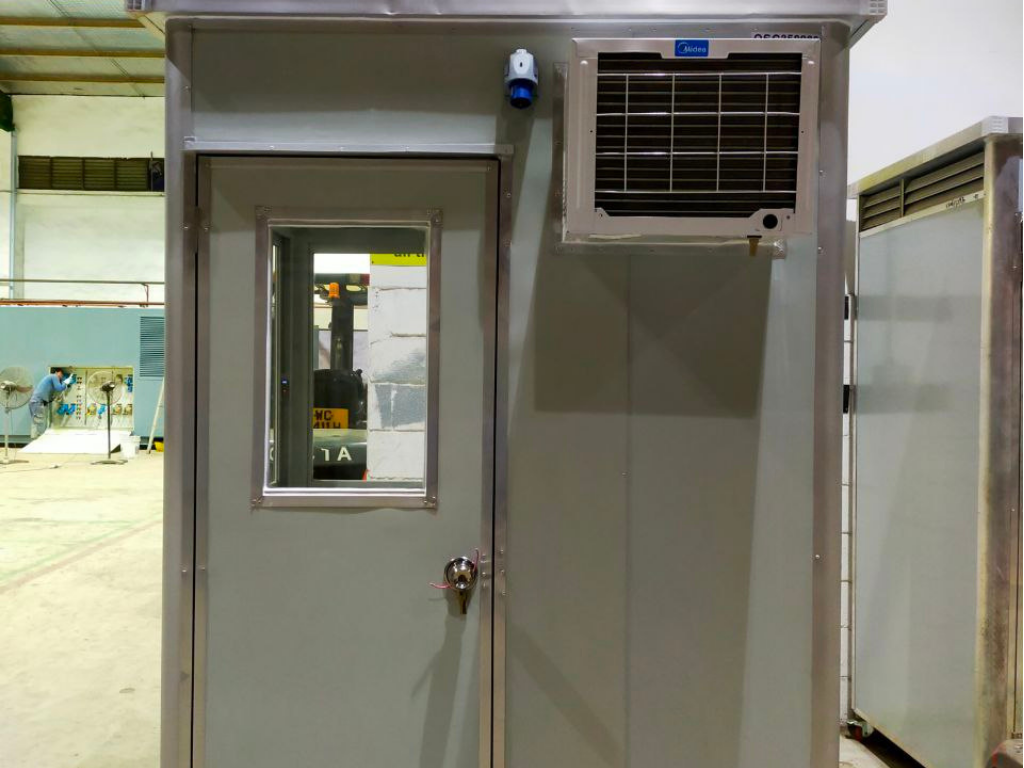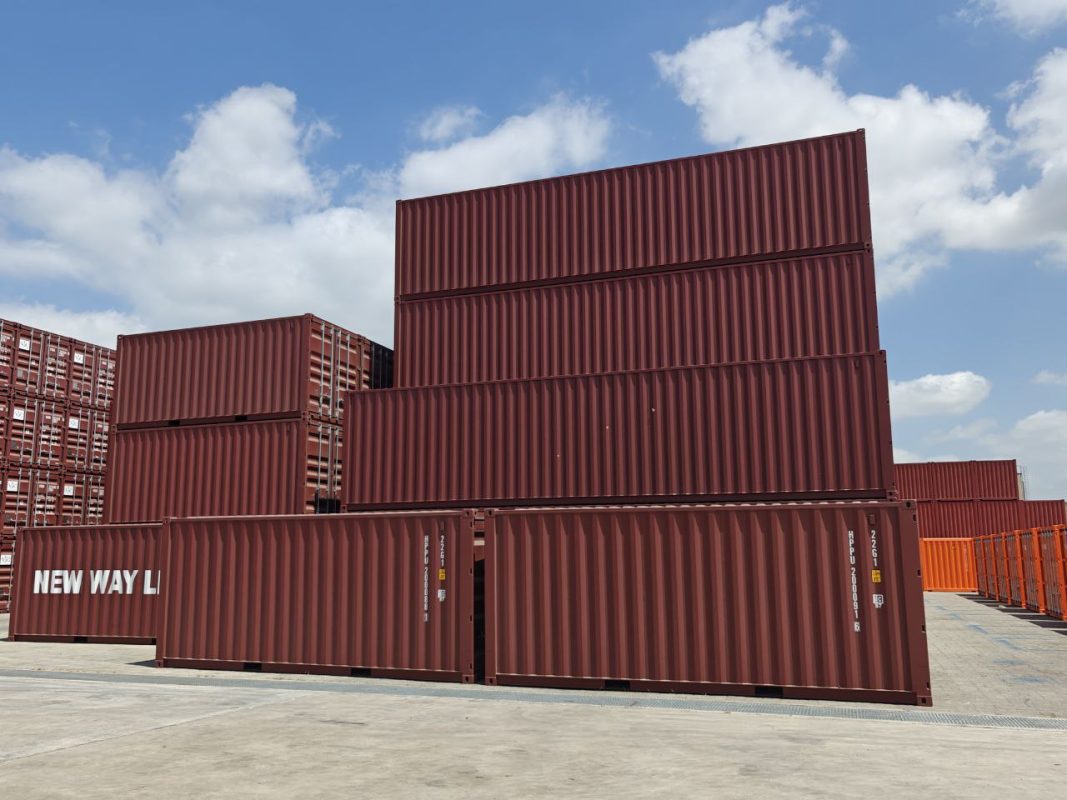Converting Shipping Containers into Homes: The Ultimate Guide
Introduction
In recent years, the trend of converting shipping containers into homes has captured the imagination of architects, designers, and homeowners alike. Shipping container homes are not only an innovative solution to housing shortages but also offer a sustainable and cost-effective alternative to traditional construction. This guide explores the benefits, challenges, and essential considerations involved in transforming shipping containers into functional and stylish homes.
Why Choose Shipping Containers?
Shipping containers are designed to be durable and weather-resistant, making them an ideal foundation for a home. They are built to withstand harsh conditions at sea, which translates into a sturdy and resilient structure on land. Additionally, repurposing shipping containers aligns with sustainability goals by recycling materials and reducing construction waste.
Benefits of Shipping Container Homes
- Affordability: One of the primary attractions of shipping container homes is their cost-effectiveness. Containers are often significantly cheaper than traditional building materials, and their modular nature allows for flexible and scalable design options.
- Speed of Construction: Shipping container homes can be constructed more quickly than traditional houses. The container serves as a pre-built structure that only requires modifications and interior finishing, streamlining the construction process.
- Sustainability: By reusing shipping containers, homeowners contribute to environmental conservation. The process reduces the demand for new materials and minimizes waste. Additionally, containers can be equipped with energy-efficient systems, such as solar panels and rainwater harvesting systems, further enhancing their eco-friendliness.
- Portability: Shipping container homes offer mobility, which is particularly appealing for those who desire a mobile lifestyle or need temporary housing solutions. Containers can be relocated with relative ease, making them ideal for various living situations.
Planning and Design Considerations
- Site Selection: Before beginning the conversion, assess the site where the container home will be placed. Consider factors such as soil stability, access to utilities, and local zoning regulations. Some areas may have restrictions on the use of shipping containers as residences, so it’s crucial to check with local authorities.
- Container Selection: Shipping containers come in various sizes and conditions. Standard containers are typically 20 or 40 feet long, but custom sizes are also available. Choose a container that meets your space requirements and budget. Inspect the container for any damage or rust, and ensure it is structurally sound.
- Design and Layout: Designing a container home involves maximizing the limited space and ensuring functionality. Popular design features include open floor plans, large windows for natural light, and creative storage solutions. Consider working with an architect or designer experienced in container conversions to optimize the design and layout.
- Insulation and Ventilation: Shipping containers are made of steel, which can lead to extreme temperatures inside. Proper insulation is essential to maintain a comfortable living environment. Options include spray foam insulation, rigid foam boards, and reflective barriers. Additionally, ensure adequate ventilation to prevent condensation and promote air circulation.
- Utilities and Infrastructure: Converting a shipping container into a home requires installing essential utilities such as plumbing, electricity, and heating/cooling systems. Plan for these installations carefully, considering the container’s layout and any potential challenges. For off-grid living, consider integrating renewable energy sources and water management systems.
Construction and Permits
- Permits and Regulations: Obtain the necessary permits and approvals from local authorities before starting the conversion process. Regulations may vary depending on your location, so it’s essential to comply with building codes and zoning laws.
- Construction Process: The construction process typically involves modifying the container, such as cutting openings for doors and windows, reinforcing the structure, and adding insulation and finishes. Hire skilled professionals for tasks such as welding, electrical work, and plumbing to ensure a high-quality build.
- Finishing Touches: Once the structural modifications are complete, focus on interior design and finishing. Options range from minimalist and industrial aesthetics to cozy and modern styles. Choose materials and furnishings that complement the container’s design and enhance functionality.
Challenges and Solutions
- Structural Modifications: Cutting into the container for windows and doors can compromise its structural integrity. Reinforce the container as needed to maintain safety and stability.
- Temperature Control: Steel containers can become very hot or cold, depending on the weather. Invest in high-quality insulation and climate control systems to ensure a comfortable living environment.
- Space Limitations: Containers have limited space, so efficient design and storage solutions are crucial. Opt for multi-functional furniture and smart storage options to maximize space utilization.
Conclusion
Converting shipping containers into homes offers a unique and innovative approach to modern living. With careful planning, design, and execution, shipping container homes can provide a cost-effective, sustainable, and stylish solution to housing needs. By addressing the challenges and leveraging the benefits, homeowners can enjoy the advantages of this unconventional yet practical housing option. Embrace the potential of shipping containers and create a home that reflects both creativity and functionality.




